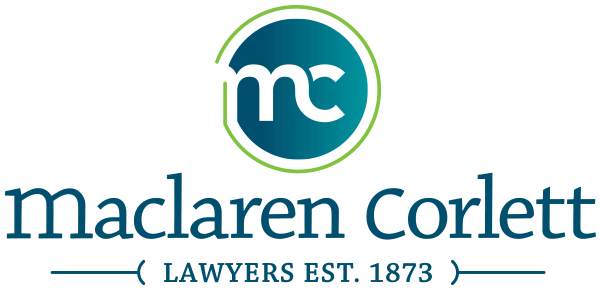My contest rules go on for pages! Yes, usually they do. This is necessary in order to properly set out all the terms and conditions that apply to entering the contest or winning a prize, what the prize EXACTLY includes (yes it’s a trip to Hawaii but who pays for me to get to the airport?!), what the sponsor’s obligations are, and what the entrant’s or the winner’s obligations are (what do you mean I can’t win the trip to Hawaii because I can’t get a passport?!)
So-called “mini-rules” are allowed in certain situations where the contest is being advertised but the full rules can’t be included – such as TV commercials, or print ads, or the back of the entry form – BUT, you need to let a potential entrant know where they can find the full rules. Also, the mini-rules need to give other KEY information about who can enter and how often; what the prize is and what it’s worth; the fact that no purchase is necessary (and how to enter without one); the fact that the winner has to have correctly answered a skill testing question and signed a liability and publicity release; the odds of winning; and start and end dates of the contest and the draw date.
So what about on-line advertising of contests? While officially the rules are the same for off-line AND on-line contests, generally an exception is recognized that as long as the full rules can be accessed “one-click” away from an on-line advertisement then that is acceptable.
So, the rule for rules is that… there needs to be a full set of rules; but sometimes, it’s ok if they’re only one click away.

